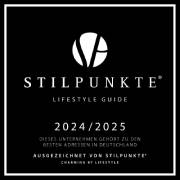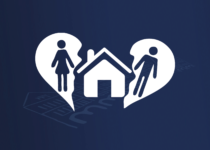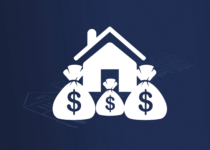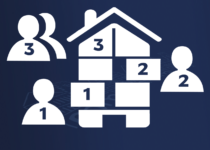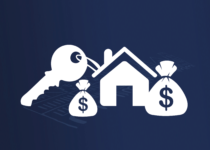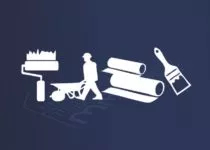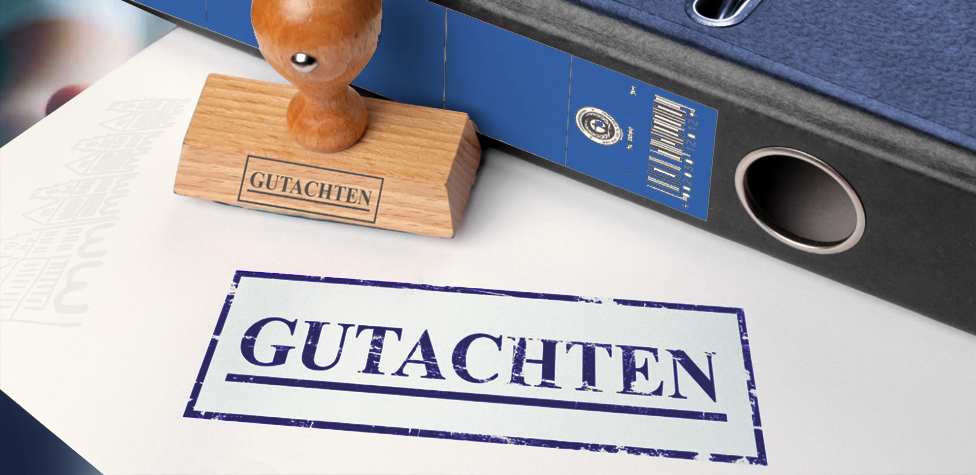
Remaining useful life appraisal:
An indispensable tool for property owners
The remaining useful life is a decisive factor in the valuation of real estate. It describes the period during which a property can probably still be used economically. A remaining useful life appraisal provides a well-founded assessment of this period and has established itself as a valuable tool for property owners. In the following, we highlight the reasons for preparing this report, suitable property types, advantages for landlords and the required documents.
On the residual useful life appraisalReasons for preparing a remaining useful life appraisal:
- Changes in value: Real estate is subject to various changes in value over time, which are influenced by wear and tear, market conditions and changes in the environment. An appraisal helps to assess the current remaining useful life and the value of the property.
- Financing and investments: Banks and financial institutions often require an estimate of the remaining useful life in order to assess the value of a property. Systematic investigations can form the basis for decisions on loans or investments.
- Tax purposes: The remaining useful life is of central importance for tax depreciation. An expert opinion assists with the correct calculation of depreciation amounts and thus with tax planning.
- Market analysis: A realistic assessment of the useful life provides valuable information for potential buyers or investors. This can significantly influence the sales process and lead to a higher sales price.
Suitable property types:
A remaining useful life appraisal can be prepared for various property types, including
- Residential real estate: single-family homes, apartment buildings or condominiums
- Commercial real estate: office buildings, retail space, warehouses and production facilities
- Industrial real estate: factory buildings and production facilities
- Special real estate: schools, hospitals and social facilities
Advantages for landlords:
- Transparency: An appraisal provides clarity about the economic life of the property. Landlords can make informed decisions about renovations or necessary investments.
- Increase in value: A well-documented remaining useful life report can increase the value of the property, as potential buyers or tenants have concrete information on the existing useful life.
- Optimization of rental yields: By knowing the remaining useful life, landlords can set rents appropriately and adjust them if necessary to ensure profitability.
- Risk reduction: An appraisal helps to identify potential risks at an early stage that could arise due to the deterioration of the property or changes in the market.
Required documents:
Various documents are required for the preparation of a remaining useful life appraisal:
- Building documents: building plans, permits and technical descriptions of the property
- Key economic figures: Information on previous rental income, maintenance costs and operating costs
- Condition reports: Documentation on renovations, refurbishments and the general state of maintenance of the property
- Market analysis: data on comparable properties, market prices and information on the neighborhood and its development
In summary, a remaining useful life appraisal is a valuable tool for property owners, not only helping to determine the economic value of the property, but also providing a basis for informed decisions regarding investment, sale or tax depreciation. For landlords, it offers advantages that go beyond mere market analysis and enable strategic planning for the future. The right documentation forms an important basis for the creation of a meaningful appraisal that benefits both the owner and potential buyers or tenants.
Brochure on service life assessment
